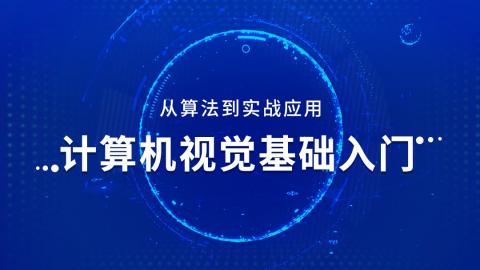lesson19笔记 - 图像分割与语义分割
一.
1. 图像分割分为 语义分割(semantic segmentation)和实体分割(instance segmentation)
2. 语义图像分割: 对图片中的像素进行分类,如判断像素是否属于天空/行人/车辆, 是一个分类任务.
3. 实体图像分割: 除了对像素进行分类外,还要区分不同的object,比如车辆A/车辆B,可类比检测任务,但是难度大于检测.
4. 评价分割任务: IoU intersection/union
5. 图像分割的实际应用: 遥感图像分析, 医疗图像分析(肺结节检测), 抠图, 场景理解(可行驶区域估计), 语义地图(3D重建)
二.
6. 语义分割的传统方法: 图模型(graph-cut), 超像素分割, 边缘检测;
深度学习方法: F函数一般是一个全卷积网络 FCN (full convolutional networks), 与用于分类任务(classification)网络比起来, FCN去掉了global pooling层, 所有的全连接层都被替换成了卷积层, 目的是为了得到dense prediction(分类任务是对整张图像进行分类/概率分布, 而分割任务是对图像中的每个像素点分类).
7. FCN的一般结构.
FCN细节分析:
1) 为何使用归一化(batch norm)层: 是网络的非线性更加明显;在一定程度上见笑了噪声的影响; 防治网络过拟合.
2) 为何要通过pooling或者设置卷积的stride 做降采样操作: 增大网络感受野, 减少网络计算量.
3) softmax的作用:将最后一层卷积的输出归一化成概率分布
8. FCN变体系列
1) FCN变体1 deconvolution
内部也做padding,这样输出的featurer map的分辨率会比原来大,细节更好.双线性差值是其特殊情况.
Unet, U型, 降采样+特征提取 + 每层hybird融合 -- 上采样, 浅层featuremap有较多的空间位置信息,深层的featuremap经过特征提取和融合后有丰富的语义信息, 还原后具有更多的细节.
2) FCN变体2 context sharing
引入上下文, 对pixel level的分类任务也是有帮助的, 这也解释了为什么分割网络需要更大的感受野.
3) FCN变体3 full-resolution resident network
双流网络, 维护了一个residual stream (保证分辨率不变)和 pooling stream(减少分辨率提升感受野, 特征提取和融合, FRRU单元, U型采样);
pooling stream深层的特征虽然有丰富的语义信息, 但是空间位置信息损失较多(由于降采样);
通过与residual stream的特征进行融合, 可以得到对空间位置更为敏感的特征表达.
三.
10. 实例分割
instance segmentation 需要区分每个单独的object, 但是卷积操作具有平移不变性的特点(相同的pattern都会激活卷积层)(很适合做语义分割), 卷积网络全局共享一个filter, 如何解决定位这个问题?
思路1:
先做检测,然后在bbox里分割前后景 - mask R-CNN
思路2:
检测每个object的边缘 - Deep Watershed transform
rgn+sem.seg -> direction net -> watershed transform net
使用direction net 回归每个pixel到距离其最近的边界的矢量, 所给的监督信号为一个2通道的矢量场;
使用watershed transform net 预测每个pixel的能量大小,距离边界越近的pixel能量越低,背景像素的能量为0.
思路3:
特征解耦 - > instance-sensitive FCN





 客服1
客服1
 官方群
官方群